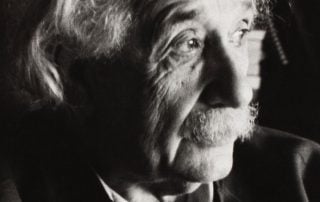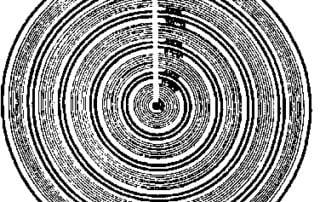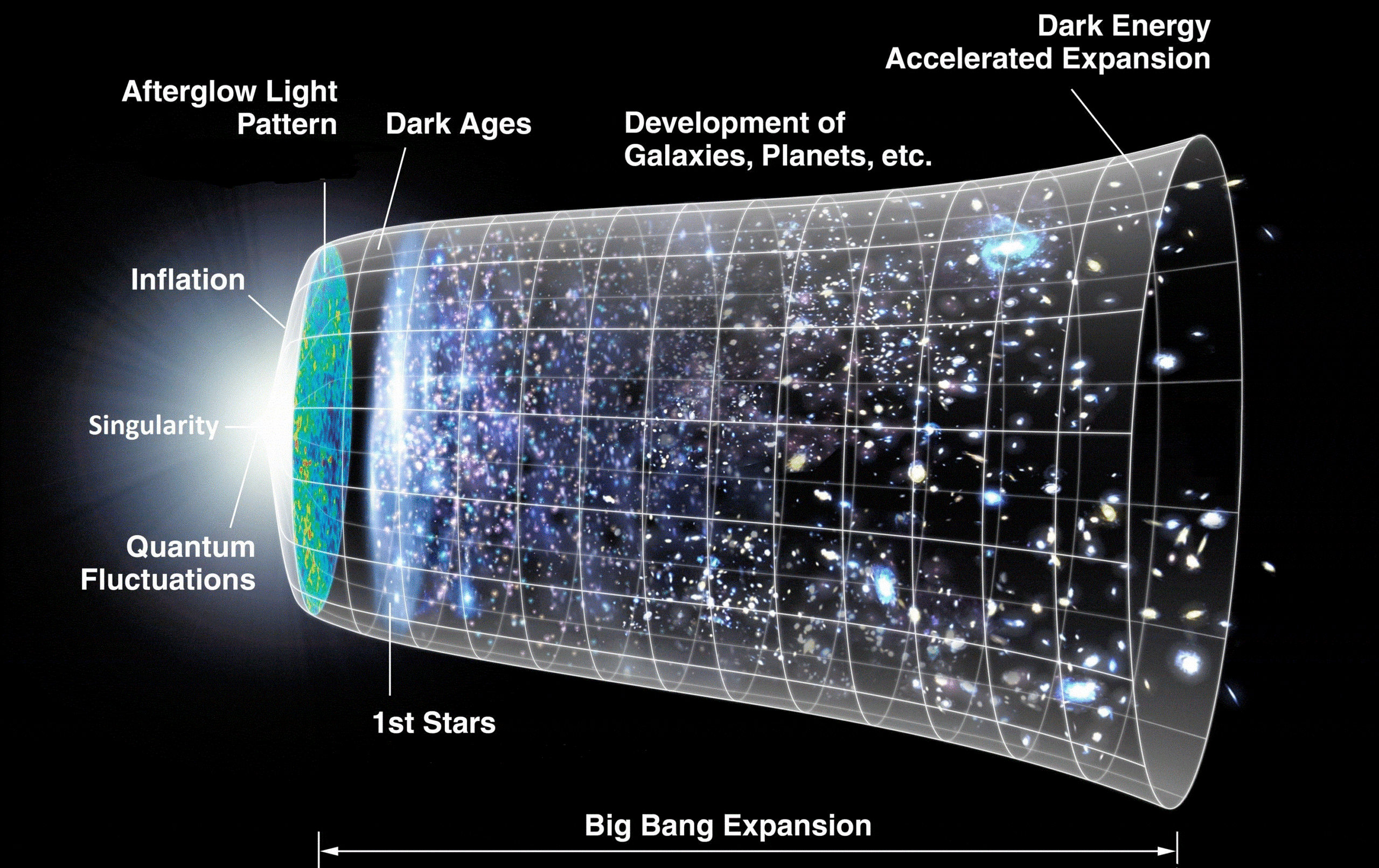Light Above and Light Below
Einstein’s Special Theory of Relativity (STR) is broadly misunderstood by the public. In most popular science books, relativity theory is hailed for introducing relativity to physics. Whereas Newtonian physics embraces absolute space and time—the narrative goes—Einstein proved that space and time are relative. Fair enough. However, the relativity of space and time is the consequence of STR, not its first principle. The cornerstone of STR is the absolute nature of light or, more precisely, the invariance of the speed of light, which is the same (in a vacuum) in all inertial frames of reference.[1] As Tim Maudlin, a leading contemporary philosopher of physics, writes: The fundamental feature of the Special Theory is not what it makes relative but what it makes absolute. The speed of light is an invariant quantity under the transformation [...]







